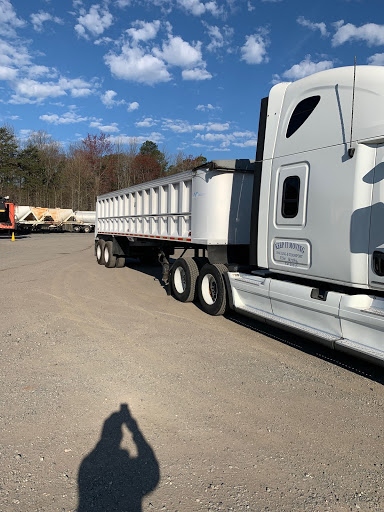Tandem vs. Spread Axles in Trucking

William Thomas / January 2021
Tandem Axle Trailer for Heavy Equipment Trucking
By definition, tandem simply means a set of items arranged one after or behind the other. In heavy hauling and trucking, tandem configuration means a truck or a trailer with close coupled pairs of single or multiple axles.
When compared to a single-axle trailer, a tandem axle trailer offers smooth trucking down a straight path. The tandem axles provide a large surface area with better shock absorption, which maintains the stability of the cargo by producing less shock.
How do Spread Axle Trailers Differ?
A spread axle provides a more stable configuration during loading and unloading of the heavy equipment. Spaced axles offer a significant weight distribution leeway compared to closed spaced axles due to the large wheel base brought about by the spread. Since the spread axles can support weight over a more extended area, spread axle trailers are easier on the trucking vehicle; as a result, towing is smooth. The same applies to balancing; spread axles are easier since the load can be distributed over a large area. And since axles that are 8 ft. apart can be legally considered as separate units each carrying 20,000 lbs. balancing on the scale becomes even much easier.
When compared to a single-axle trailer, a tandem trailer offers smooth trucking down a straight path. The tandem axles provide a large surface area with better shock absorption, which maintains the stability of the cargo by producing less shock.

Transport Your Tandem or Spread Axles Today
Heavy Equipment Transport is always available for a quote. Fill out the form or give us a call now! (888) 730-2951
Which is Better for Trucking and Heavy Cargo Towing?
With all pros, the spread axle trailers come with they are still less popular compared to tandem axles trailers, and for good reasons. Both have 12,000 lbs loading capacity of steer axle, 34, 000 lbs capacity for drive axles, and when spread over 8 feet, the spread axle trailer can have a capacity of 86, 000 lbs., both the spread axle and tandem axle trailer has a legal limit of 80, 000 lbs. The only advantage the spread axle will have with the extra 6,000 pounds’ capacity is the ease of balancing the load. But the spread makes the trailer harder to turn, resulting in faster wear and tear of the axles, tires, and the suspension system, not to mention the difficulties the extra length pose during turning and maneuvering of the towing tractor.
The frame of a spread axle trailer has to be studier, making the overall trailer heavier. This leads to lower carrying capacity for the trailer. The increased wheelbase also makes it harder to back up. As evident, a tandem axle trailer doesn’t have a long list of pros like the spread axle trailer does, but neither does it have a much longer list of cons, like the spread axle trailer does. Both the trailers have a legal gross weight limit of 80, 000 lbs, but the tandem is easier to maneuver, easy on wheels, axle, and suspension, and excellent to back up, this makes the tandem axle trailer much suited for short trucking of heavy loads across cities and spread axle trailers are best for delivering heavy equipment over a long distance.